Wait, tournaments drive demand? Who knew?
It’s nice to have the Pro Tour back as a regular thing, isn’t it? Just a few short months after Pioneer took center stage for Pro Tour Phyrexia, the Pro Magic apparatus was back in action last weekend for Pro Tour March of the Machine. Standard was in the spotlight this time, and there were more than a few terrific matches of Magic played on stream for those of us who couldn’t make it to Minneapolis. EVENT SPOTLIGHTPro Tour March Of The Machine05/07/2023STANDARD
While the top tables of the Pro Tour featured some interesting new tech, and a few cards from March of the Machine did end up making an impact, the overall results were somewhat predictable. Rakdos Midrange was the strategy to beat heading into the Pro Tour, and it made up 50% of the Top 8 decklists, including the eventual Pro Tour winner — Nathan Steuer. This happened despite the deck entering the tournament with a massive target on its back, and several other top brews turned to keep it in check. We’ll definitely go into the cards that might see a price increase due to these results, but ultimately, it’s hard for a Standard Pro Tour to deliver a huge surprise in the era of Magic Arena.
More importantly, Wizards of the Coast (WotC) made a significant announcement on Sunday, in the middle of the Top 8. Standard is about to see some massive changes as part of a multi-step effort to revitalize its tabletop presence, where the first step involves moving from a two-year set rotation cycle to a three-year cycle. Will this plan work, and what will it mean for Standard finance going forward? Don’t worry — I’ve got you covered.
The Financial Winners and Losers of Pro Tour March of the Machine
Breach the Multiverse
March of the Machine, Rare
/484548.jpg)
While very few cards from March of the Machine made a surprising splash at the set’s namesake Pro Tour, Breach the Multiverse might be the biggest exception. Since most Standard matchups are midrange wars of attrition, Rakdos Midrange has decided it can afford to go over the top with a game-winning seven-mana sorcery sometimes.
While I normally wouldn’t be excited about the financial future of a Standard role-player, the fact that it’s seeing play in the format’s best deck gives me pause. More importantly, Breach the Multiverse is already a solid card in Commander. That gives it two solid pillars of demand, which should be enough to make it financially relevant.
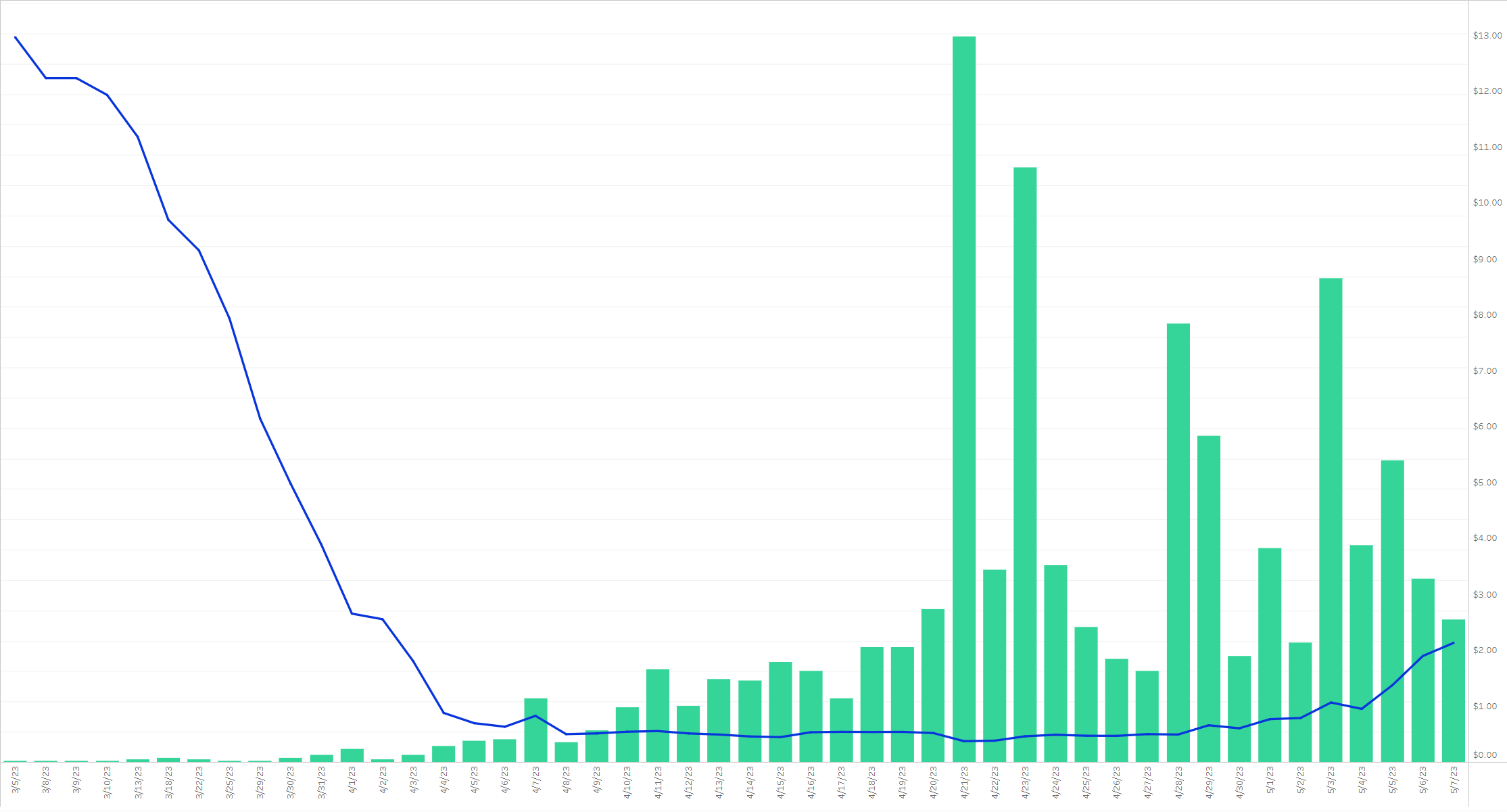
I don’t think Breach the Multiverse has a very high ceiling in the short term since most of the value in this set seems concentrated in the serialized cards right now. It’s quite good, though, and the fact that it’s seeing both competitive and Commander play tells me that it has an excellent chance of being worth more than its current $2 price tag over the next few years. If you don’t have a playset of these in your collection, you might want to snag them soon.
Of course, Breach the Multiverse wasn’t the only card players used to go over the top in Standard last weekend. Chandra, Hope’s Beacon, and Etali, Primal Conqueror also saw a lot more play than expected, and both looked great. Here’s the chart for Chandra:
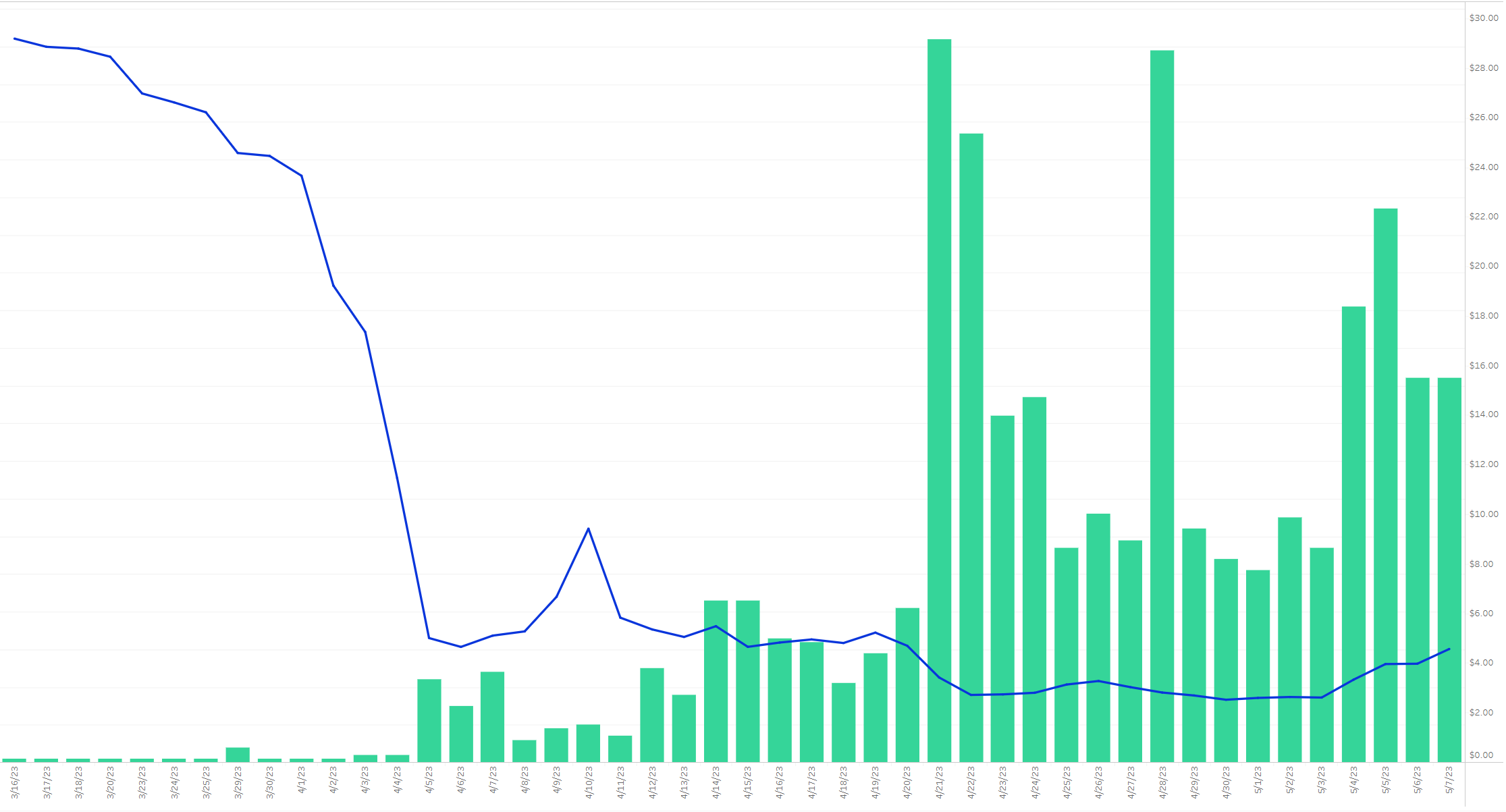
And here’s Etali:
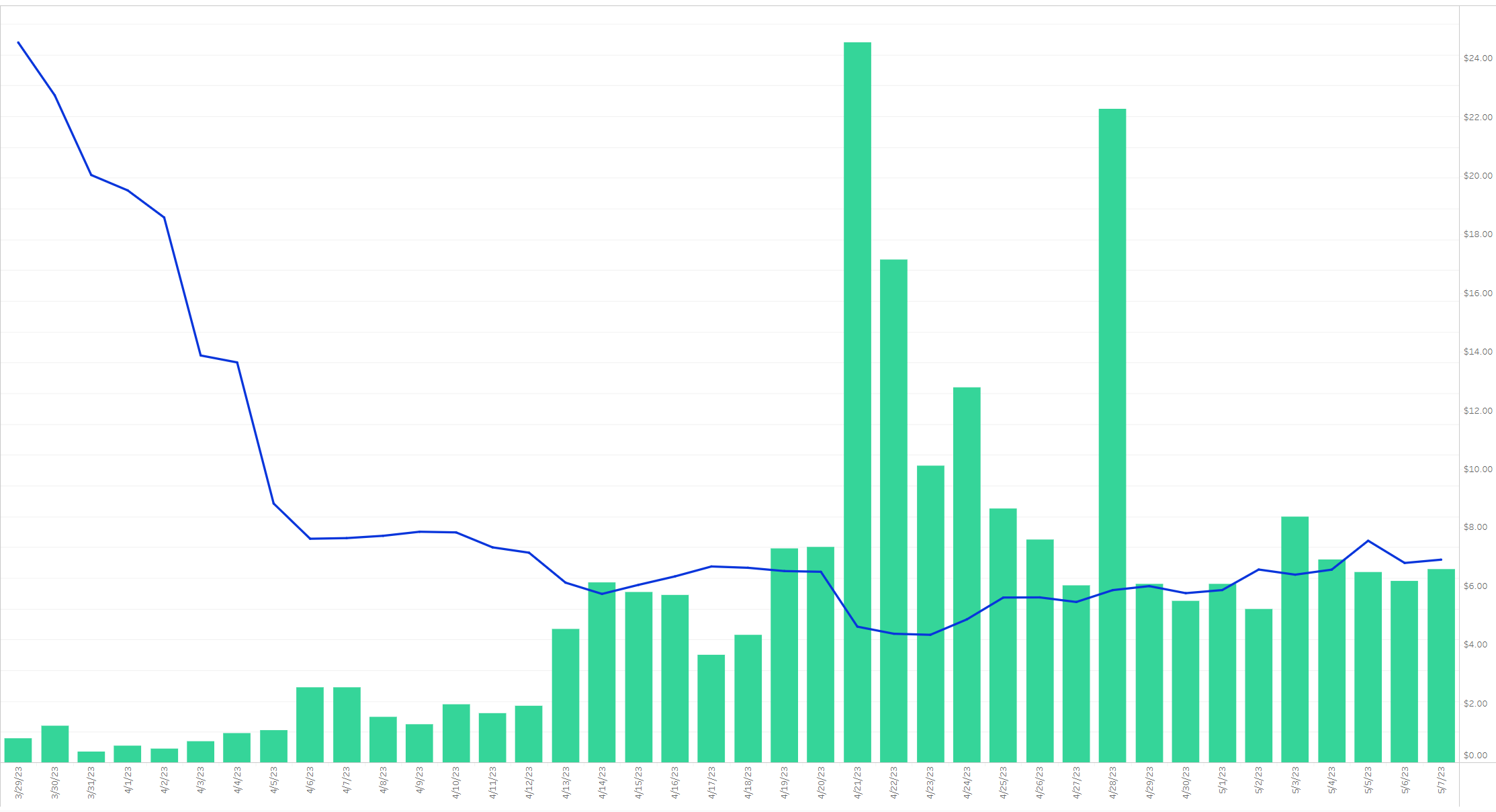
Chandra, Hope’s Beacon seems undervalued to me at $4-$5. It was actually the second-most-played card from March of the Machine at the entire Pro Tour, despite mostly showing up as a role-player in Rakdos Midrange. Big splashy Mythic Rare Planeswalker finishers tend to be worth something, and the buy-in cost here is really low, regardless. If you play Standard, you should snag a few copies of Chandra immediately.

Market Price: $12.83
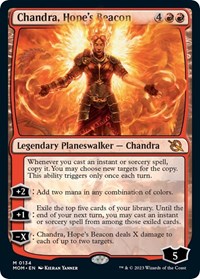

Market Price: $8.59
As for Etali, this has been the best-selling card in March of the Machine for a few weeks now. That’s primarily due to Commander demand, but Standard play should help bolster this as well. This is one of the safest buys in the entire set, and Commander demand alone will push it above $10 long before it’s reprinted. It’s a must-buy right now if you think you might want to cast it in Standard at any point in the next year or two.
The other big new card from March of the Machine will help us transition seamlessly into talking about our losers. Lithomantic Barrage was the only new card to see more play than Chandra, and it wasn’t even close. This card is fantastic against White and Blue threats, like Raffine, Scheming Seer, Adeline, Resplendent Cathar, and many other key creatures played in Mono-White and Esper Midrange. This resulted in those decks seeing less play than predicted, and really cementing the current metagame as being based in Red and Black.



Market Price: $8.68
This trend might hurt cards like Raffine, Adeline, Skrelv, Defector Mite, Loran of the Third Path, and even The Wandering Emperor and Wedding Announcement over the short term. These are good cards, though, so they should bounce back once the metagame shifts again, either due to new cards being printed or bans to help curb the strength of Rakdos builds. I wouldn’t panic-sell these cards or anything, but I also wouldn’t be looking to create a Creature-based deck in White or Blue right now either.
Rule of Threes

Market Price: $32.57
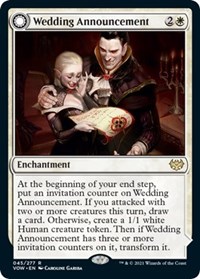

Market Price: $11.31
Well, it’s official. Instead of rotating out of Standard in September, Midnight Hunt, Crimson Vow, Neon Dynasty, and Streets of New Capenna are sticking around for another year. Those four expansions won’t rotate out of Standard until September of 2024, at which point, all new Standard sets will enjoy three full years of Standard legality instead of two. For example, March of the Machine won’t leave Standard until September 2025. This is a huge change, and WotC has said this is “step one” in their long-term plan to revitalize tabletop Standard. Standard’s popularity in the tabletop realm has waned considerably since the start of the pandemic, though warning signs were blinking well before that.
To me, the most significant factors in tabletop Standard’s decline were the gutting of major Standard events like SCG Opens and Grands Prix, in addition to the rise of Magic Arena. When there were massive traveling Standard events that most folks could drive to a few times a year, with no qualifying requirements necessary, there was a notable incentive for most active players to keep a Standard deck around and updated. With Arena, players have an easy and convenient way to play dozens of matches of Standard right in the comfort of their own homes. If they want to play that deck in tabletop as well, then they’re going to need to buy a second copy of their deck. That has caused a lot of folks who aren’t actively grinding toward the Pro Tour to make Standard their digital format while they prioritize Pioneer, Modern, or Commander in paper.
If WotC wants more folks to play tabletop Standard — and they definitely do, because it really helps them sell boosters of their latest sets — they need to create more incentives for tabletop play. Getting rid of Arena isn’t an option since it’s a great way to play Magic and a massive revenue stream for them, so they have to make it more attractive to buy those decks a second time in the non-digital realm. To me, the most effective way to do that would be to fund a tournament infrastructure similar to what Standard Grand Prixs was before the Organized Play rollback and pandemic restrictions. I’m not sure if WotC is considering that or not, but it makes some sense that they’re starting with a “fix” that won’t cost them anything before tackling that issue. But will adding a year of legality to each set actually help get people more interested in tabletop Standard?
Sheoldred, the Apocalypse
Dominaria United, Mythic
/282800.jpg)
Well, maybe! It’s much easier to justify shelling out for Standard-legal cards and booster packs when you know you’ll get three years to play with them. For example, buying a playset of Sheoldred, the Apocalypse for $70 each feels much better when you realize that it’ll now be legal in Standard until September 2025 instead of a little over a year. In fact, at this point, a good deck in Standard is likely to have a similar shelf life to any given deck in Pioneer and Modern. After all, Horizons sets and metagame shifts mean that it’s rare for any strategy to last more than 2-3 years in those formats, even though they don’t employ set rotation.
WotC has also said they expect Standard to become more fun to play as a three-year format. They’re hoping that more cards will give pure Aggro, Combo, and Control archetypes a chance to shine instead of the format simply devolving into a bunch of two-to-four color Midrange slog-fests where many decks simply try to play all the cards with the highest raw power level. If this happens, then it honestly will make Standard a more fun format. Whether that will help tabletop play or simply make Arena more popular remains to be seen, though.
Lastly, moving to a three-year schedule gives WotC an opportunity to design and print cards to help course-correct the current Standard environment. For example, if they expected a particular tribe or archetype to be a top-tier player in Standard, but it didn’t end up being quite powerful enough, they can actively design cards that will help breathe life into that deck during its third year of legality. This could be legitimately great for those of us who are bummed when a cool-looking strategy in a new set doesn’t end up paying off, and it could make speculating on hyped-up Standard busts really attractive in the future.
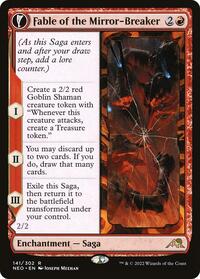
Market Price: $14.99

Market Price: $10.45
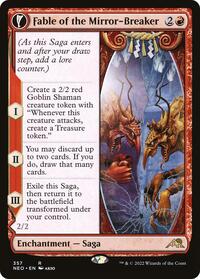
Market Price: $15.94
This change doesn’t come without risks, though. For one thing, R&D’s biggest design mistakes and most frustrating cards will have another year in the spotlight, driving opposing players mad. Are you sick of playing against Fable of the Mirror-Breaker? Were you looking forward to waving goodbye as it left Standard this September? Too bad! You’ve got another year of 2/2 Goblin Shamans ahead of you. WotC can somewhat mitigate this problem by being more aggressive with the banhammer, but they can’t ban everything all the time without making people throw up their hands in frustration and flee the format. For instance, those $70 copies of Sheoldred, the Apocalypse feel like a much riskier purchase if they’ve got a 50/50 shot of being banned in a week. They’ll need to ban things more often, but it can’t become one of their primary tools for affecting the format.
Another potential issue? The bigger the format, the less each individual new release affects it. Post-rotation Standard is always one of my favorite times of the year, because the format is so wide-open and full of brand-new cards. Not only will a deeper Standard format feel more stagnant, but underpowered sets might not even end up as a blip on the radar. WotC will have to be careful to ensure that each expansion is actually adding something to the format without upending it. Miss this target high, and you’ve got out-of-control power creep. Miss it low, and you’re not giving anyone a reason to interact with your new sets.
I’m skeptical that this change will be enough to revitalize tabletop Standard by itself, but WotC has said this is only step one, so I’ll give them the benefit of the doubt for now. If WotC does succeed in getting folks to play tabletop Standard at rates that even approach where the format was in 2017 or so, then we can expect the format to get quite a bit more expensive going forward. For example, take a look at this price chart for Fable of the Mirror-Breaker:
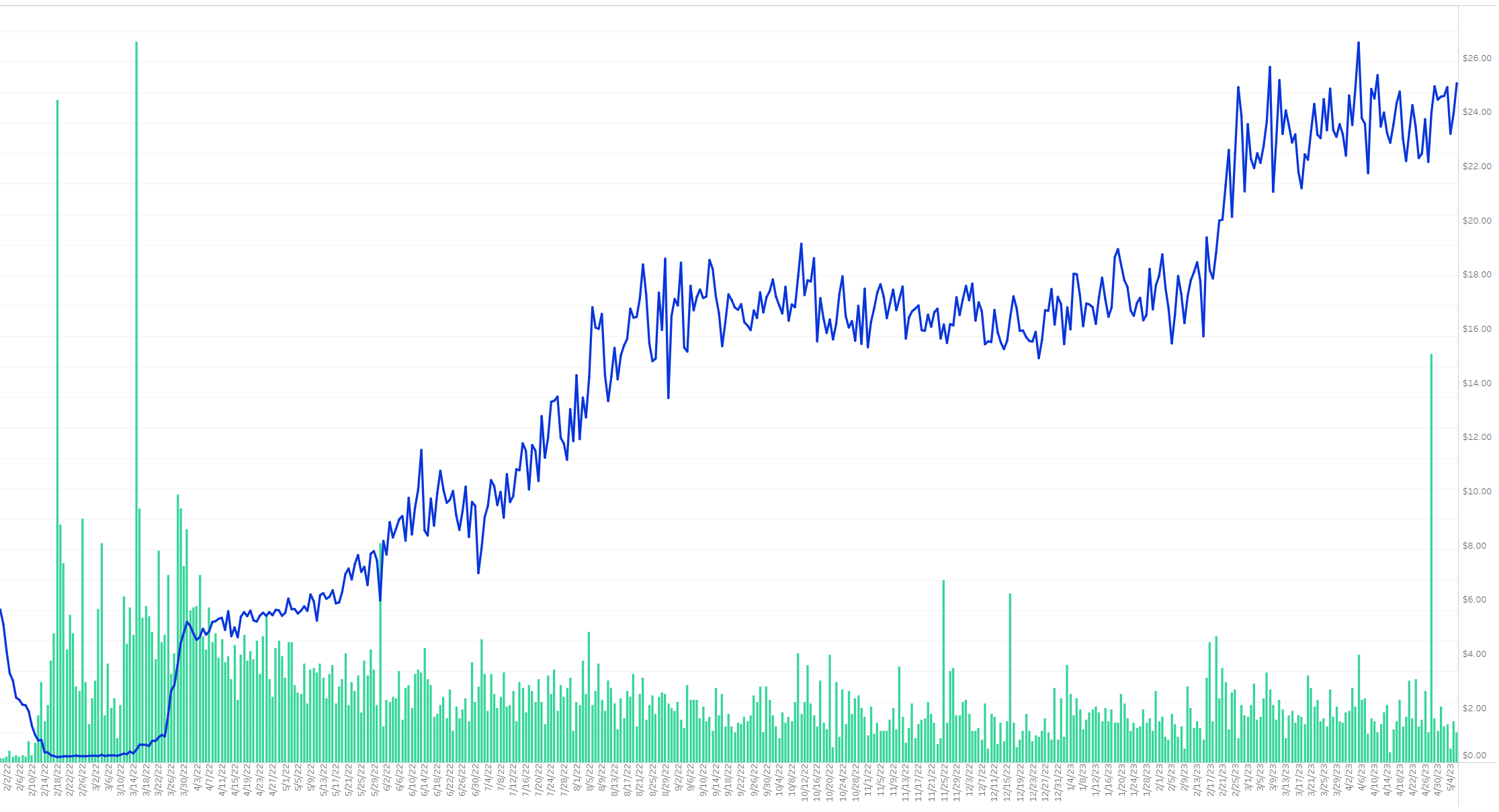
As you can see, this Standard all-star slowly climbed from bulk to the $16-$18 range, where it’s stuck around for a while. Then, a few months ago, it started to climb again. Now it’s a strong $25 per copy. Fable’s playability in Pioneer is definitely a big part of the reason for this price surge, but I still expected it to drop a bit this summer as we moved toward Standard rotation. Now, barring a ban or reprint, there will be another full year of demand for this card without any increase in supply. Even if WotC fails to reinvigorate interest in tabletop Standard, there are enough tabletop Standard players to drive this price at least $10-$15 higher over the next year simply due to the extended rotation. If they do manage to create a larger tabletop Standard player base, it could go even higher.
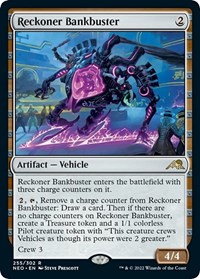
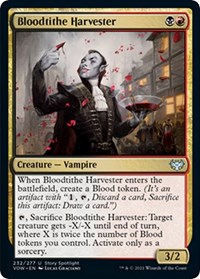

Of course, the most expensive cards in Standard tend to be expensive due to multi-format playability. Fable of the Mirror-Breaker sees play in Modern and Pioneer, while Sheoldred, the Apocalypse is great in Commander and Pioneer. These elite cards will likely see a price increase, especially toward year three when their sets are out of print, and singles prices are no longer tethered to the retail price of a booster pack, but these cards are already fairly expensive and only have so much further to go. These are also the cards at the highest risk of a banning, and I honestly wouldn’t be shocked if both Sheoldred and Fable (along with Reckoner Bankbuster) get the axe in September regardless.
If tabletop Standard demand really does start to surge, the biggest benefactors are likely to be the “middle class” cards that used to be solidly in the $5-$15 range but now tend to be readily available for just a few bucks. Take Graveyard Trespasser, for example. Here is its price chart since its release:
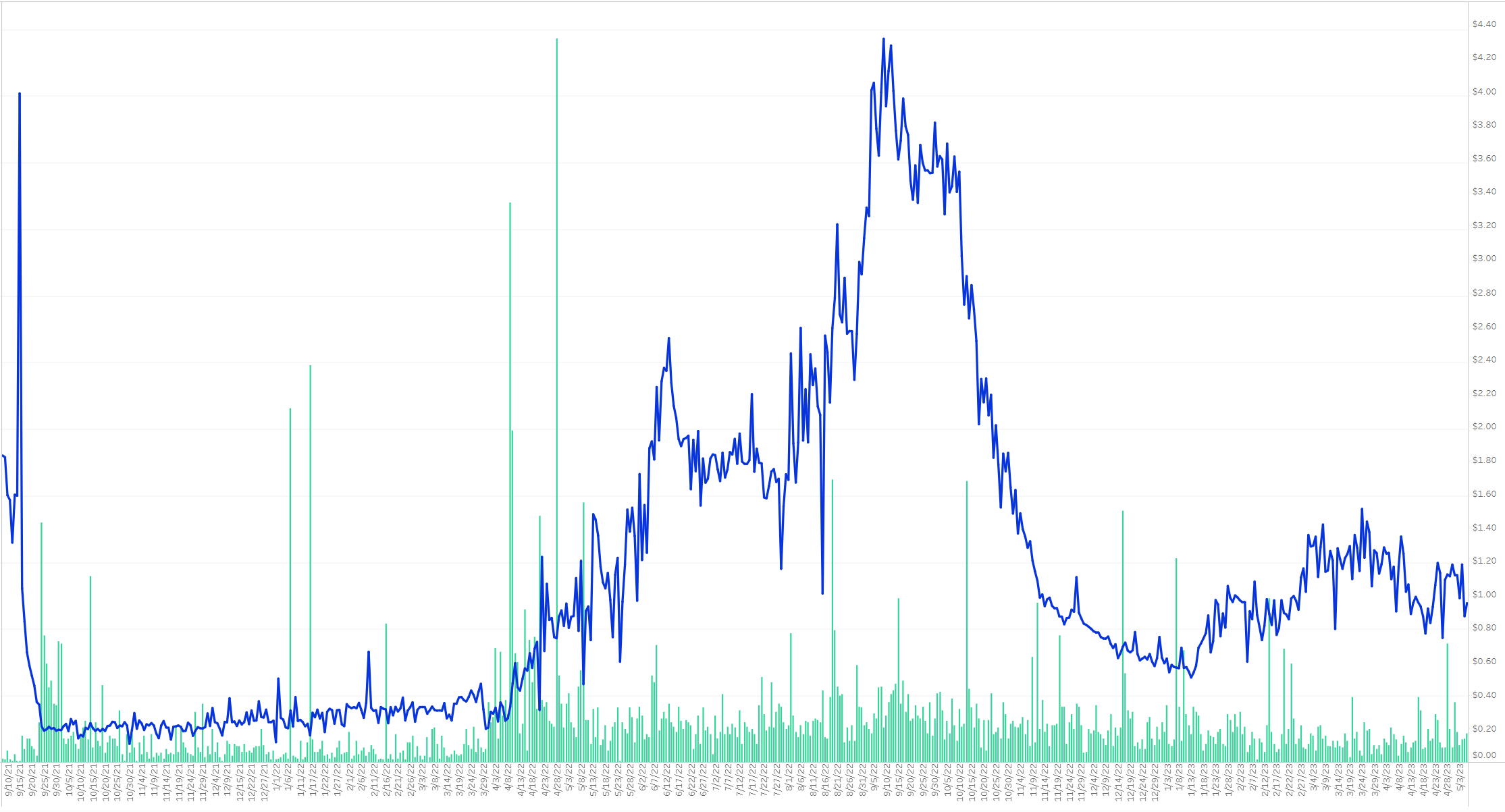
Graveyard Trespasser is the fifteenth most-played card in Standard, according to MTGGoldfish. It’s the fourth most-popular creature, after Sheoldred, the Apocalypse, Bloodtithe Harvester, and Loran of the Third Path. It’s a key Rare in Standard’s best deck, and it even sees play in Modern. And yet, Graveyard Trespasser is just $1. It has been as high as $4, but it has never broken $5.
In a future where tabletop Standard is more popular, and a three-year rotational period makes it more attractive to spend up on any given Standard staple, a card like Graveyard Trespasser starts to look like a great spec and a future $5-$10 card. This is how things used to be, before the loss of competitive tabletop Standard made the secondary market vastly more top-heavy. And while this might make the format pricier overall, I’d sure love it if a more comprehensive array of cards had moderate value instead of almost none. It makes speculation way more exciting and lucrative, and it increases the fun of opening booster packs as well.
For now, though, it remains to be seen if and when WotC’s gambit pays off. As I said earlier, I think they have a lot more work to do if they want to achieve their goal of revitalizing the tabletop Standard scene. In the meantime, most Standard cards remain quite affordable, and they suddenly have a far longer shelf-life. I’m not ready to speculate on this format as a whole, but if you were on the fence about starting a Standard collection already, this announcement just increased the utility of nearly every single card you’re considering picking up. Feel free to take that as a sign.